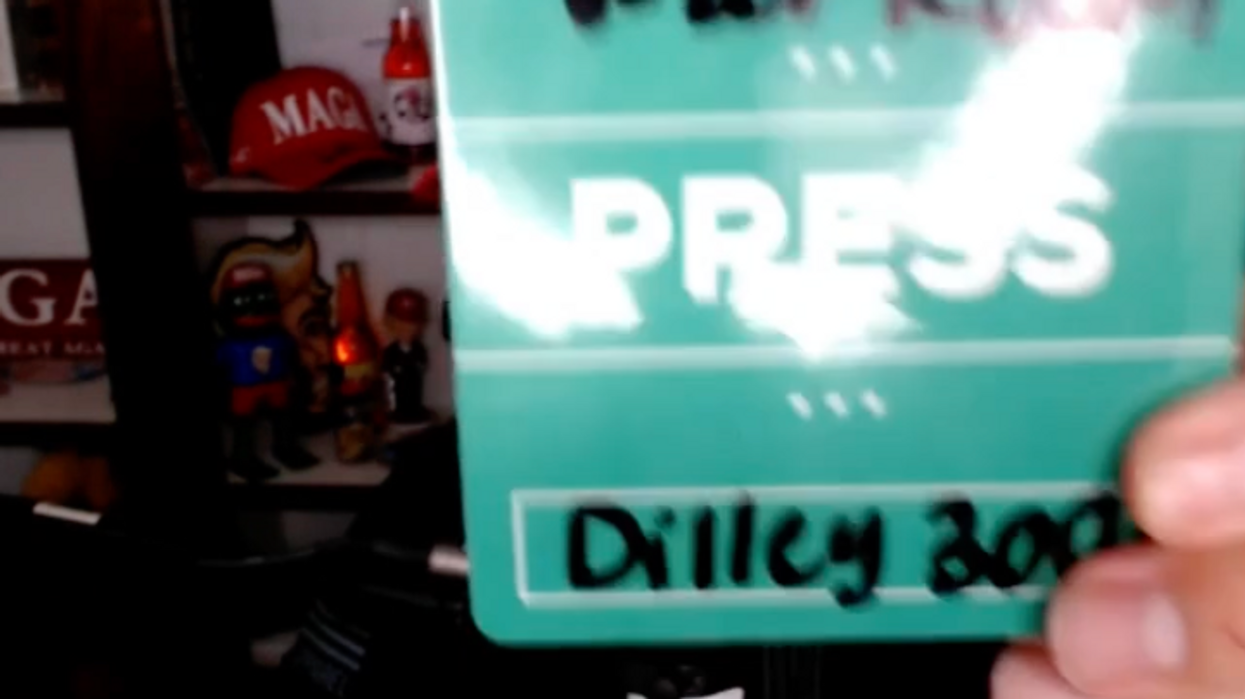
By Wina Sturgeon, Adventure Sports Weekly (TNS)
When it comes to riding a bike, teaching a kid, spouse or friend is not about learning how to use breaks, jamming down a hill or riding fast. It’s simply about how to survive. Teaching is also a good way to refresh your own biking survival memory.
Proliferations of cell phones, flashing billboards and other modern distractions take the attention of drivers from the road and from their surroundings. A driver may seemingly look at a bike rider, but in reality may not even see them. In fact, the first thing a new rider should learn is that their own right-of-way doesn’t matter.
When a vehicle and driver weighs about 16 times more than you and your bike, they have the rights of the road.
So the first thing to impart is that the bike rider’s attention must make up for the driver’s potential lack of it. This is most important when a vehicle is turning onto a road from schools, malls or alleys. The driver may seem to be looking right at you, but that may not be the case. That driver is most often looking for a break in oncoming traffic, and may not even see someone on a bike beside them.
It’s a matter of survival to make sure the driver knows a rider is there. The best way to do it is to calmly say “Hey, hey,” or, “Do you see me?” The object is to actually catch their eye. Teach a new rider to never assume that a driver sees them.
The next lesson is to watch for the opening of vehicle doors in a parked car as a rider is approaching. This situation rarely ends well for the rider. If there are people in a car, give them a wide berth — at least four feet, while taking a quick glance behind to make sure there’s no oncoming vehicle too close to allow the avoidance maneuver to be made.
One of the biggest dangers in urban bike riding is intersections. According to the legal site nolo.com, “Only 11 percent of bicycle accidents involve a collision with a car; but of these, 45 percent take place in intersections. Contrary to popular fears, the majority of bicycle accidents — 59 percent — involve only the cyclist, who loses control of the bike and crashes.”
The next lesson may not be a matter of survival, but neglecting it can make riding and maneuvering on the bike a great deal more difficult. If neither you nor the person you’re teaching has been on the bike for a while, have the tire pressure checked. No matter how expensive bike tires may be, they will always lose some air. The low pressure puts more tire surface on the road or ground, requiring more effort to pedal or turn.
Teach your less experienced rider to take their bike into a shop every few months to see that the tires have the recommended pressure — and make sure you do the same. Never try to pump a soft tire by guesswork, and above all, never try using a gas station air machine. It’s nearly impossible to gauge how much of that pressurized air you may be putting into the inner tube, and most likely it will be too much. At best, that may make the bike skittish to handle and put strain on the outer tire. At worst, the inner tube may actually explode at that point or after you’ve been riding for a while.
Speaking of inner tubes, most experts advise riders to carry a spare tube and a patch kit. Your ‘pupil’ may not think this is necessary, because they don’t know how to fix a flat tire. Advise them to carry the tube and patch kit anyhow, because there may be a shop nearby, or another rider may be passing by who can help fix it. Bike shops also sell cans of tire inflators that foam the tube so the bike can be ridden home or to a shop. Advise that the rider puts a can of it in their emergency kit, which can be carried in a backpack or in a pack that fastens under the saddle.
Wina Sturgeon is the editor of the online magazine Adventure Sports Weekly , which offers the latest training, diet and athletic information.
(c)2015 Adventure Sports Weekly. Distributed by Tribune Content Agency, LLC.
Photo: Teaching your child to ride a bike can be a bonding and even life-saving experience. (Wina Sturgeon/Winimages/TNS)


